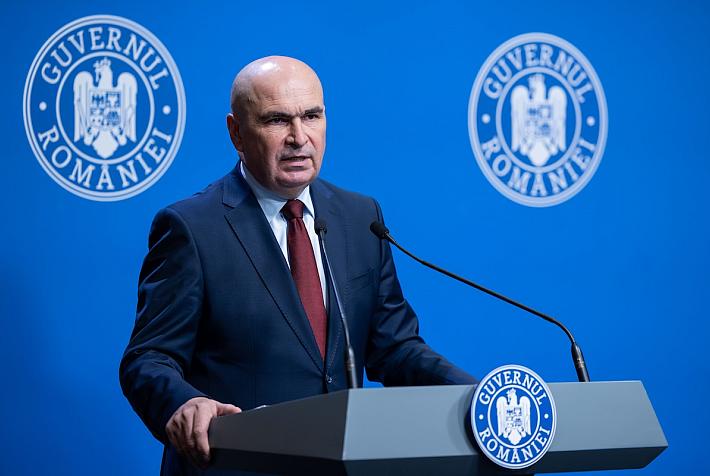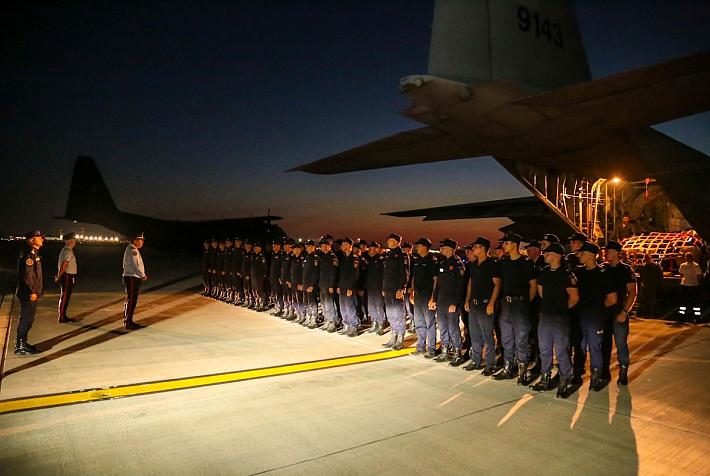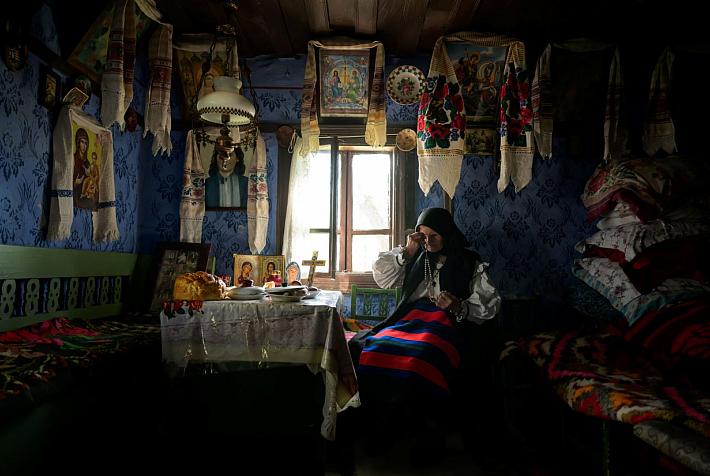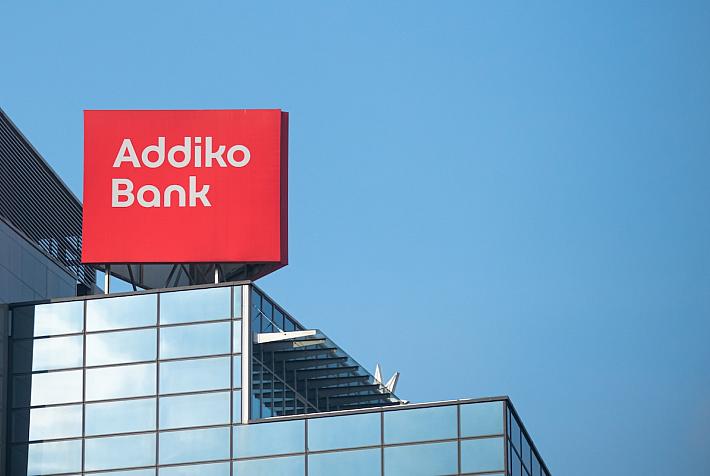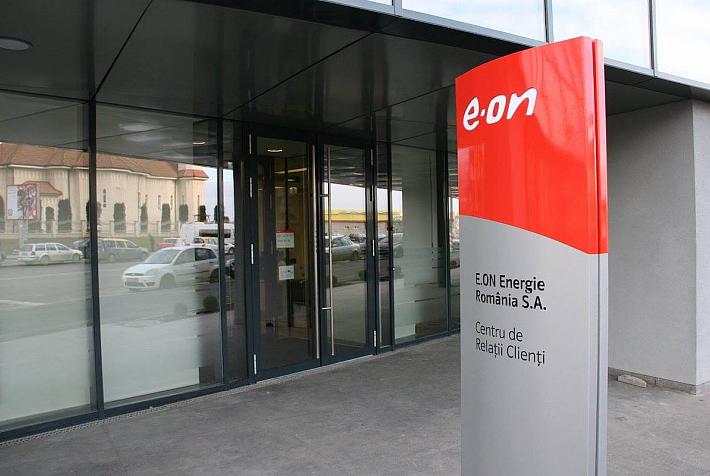After interview with president Basescu, CNN features Romania's Dacia cars in report

CNN's Becky Anderson has made another report on Romania, looking this time at Dacia cars, the Renault owned local car manufacturer that has been enjoying rising success as Europe's austerity-mobile. Reporting from the car terminal at Constanta port, she said “last year, 110,000 vehicles came through this car terminal and of those, 90,000 were Dacias.”
Dacia's logistics director Stefan Gaibu underlined Constanta port's strategic importance for the car manufacturer, saying “40 percent of our international deliveries go out through the port.” As well as cars, Dacia exports car parts to “at least 12 countries” via Romania's main Black Sea port, according to Gaibu, who featured in the CNN report.
CNN also visited the Mioveni Dacia factory, noting that the 1,500 workers produce a new Dacia car every minute when the production line is running at capacity. Senior factory worker Marinica Dutescu told CNN that the Dacia factory “gives us the opportunity to have a decent job” given the general state of the economy and labor conditions in Romania.
Dacia cars have become Romania's most profitable export, according to CNN, with 90 percent of the cars produced sold outside the country. The car manufacturer has recorded a “300 percent increase over five years” and played a vital role in providing work for the Constanta port throughout the crisis, as Dacia exports continued, despite the global downturn, according to the CNN report.
It was the second recent report on Romania and the Constanta port by CNN's Becky Anderson, after an earlier report in which she visited the port and interviewed Romania's President Traian Basescu, himself a former oil tanker captain.
Dacia saw its net profit up to some EUR 62 million in 2012, a growth of 0.7 percent on the year before when expressed in RON. In EUR, the net profit actually dropped by 4.1 percent.
Meanwhile, its turnover was down 8 percent when expressed in EUR, to some EUR 2.8 billion. When expressed in RON, the drop was of 3.3 percent.
With 13,652 employees at the end of 2012, Dacia spent some EUR 173 million on salaries, resulting in an expense of EUR 12,700 per employee a year. The salary expenses were up by some EUR 9.4 million during 2012. Social insurance expenses were up to EUR 41.2 million, a growth of EUR 1.8 million on 2011.
With the European car trade suffering, Dacia sales have consistently bucked the trend, showing marked rises and increased market share across Europe.
Dacia runs the factory in Mioveni, where it produced 307,000 units last year, down on 327,000 units in 2011.
editor@romania-insider.com






